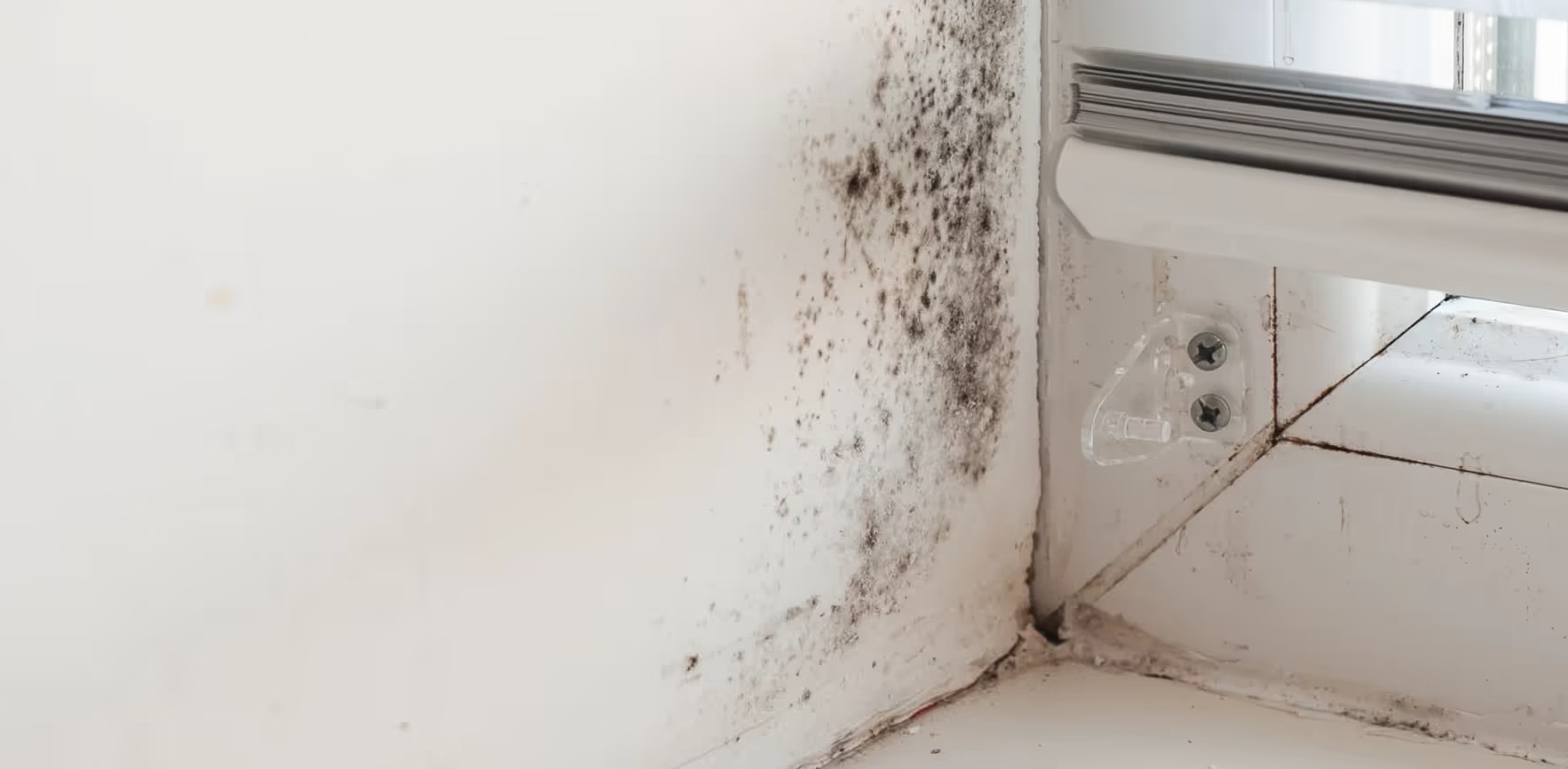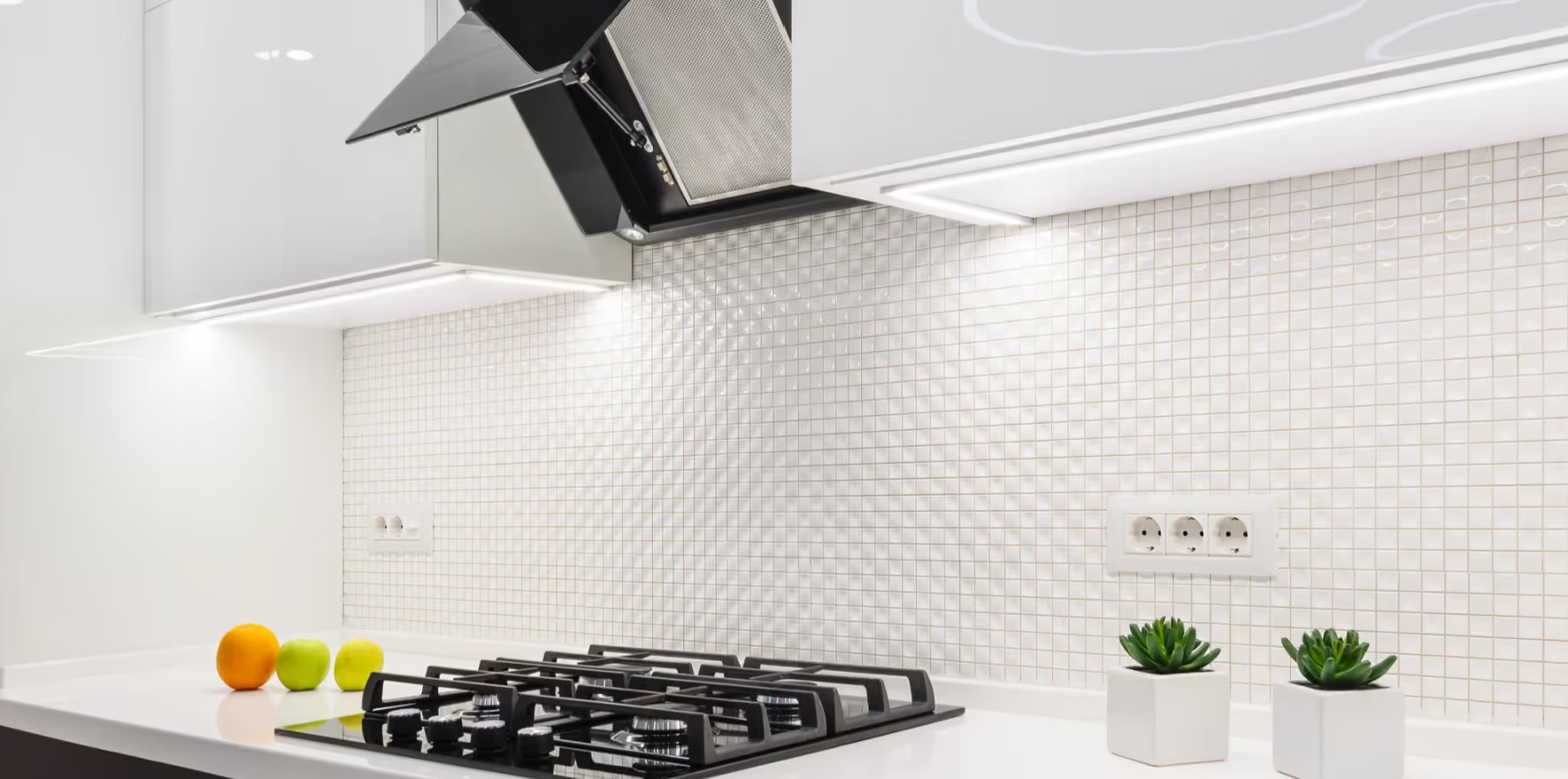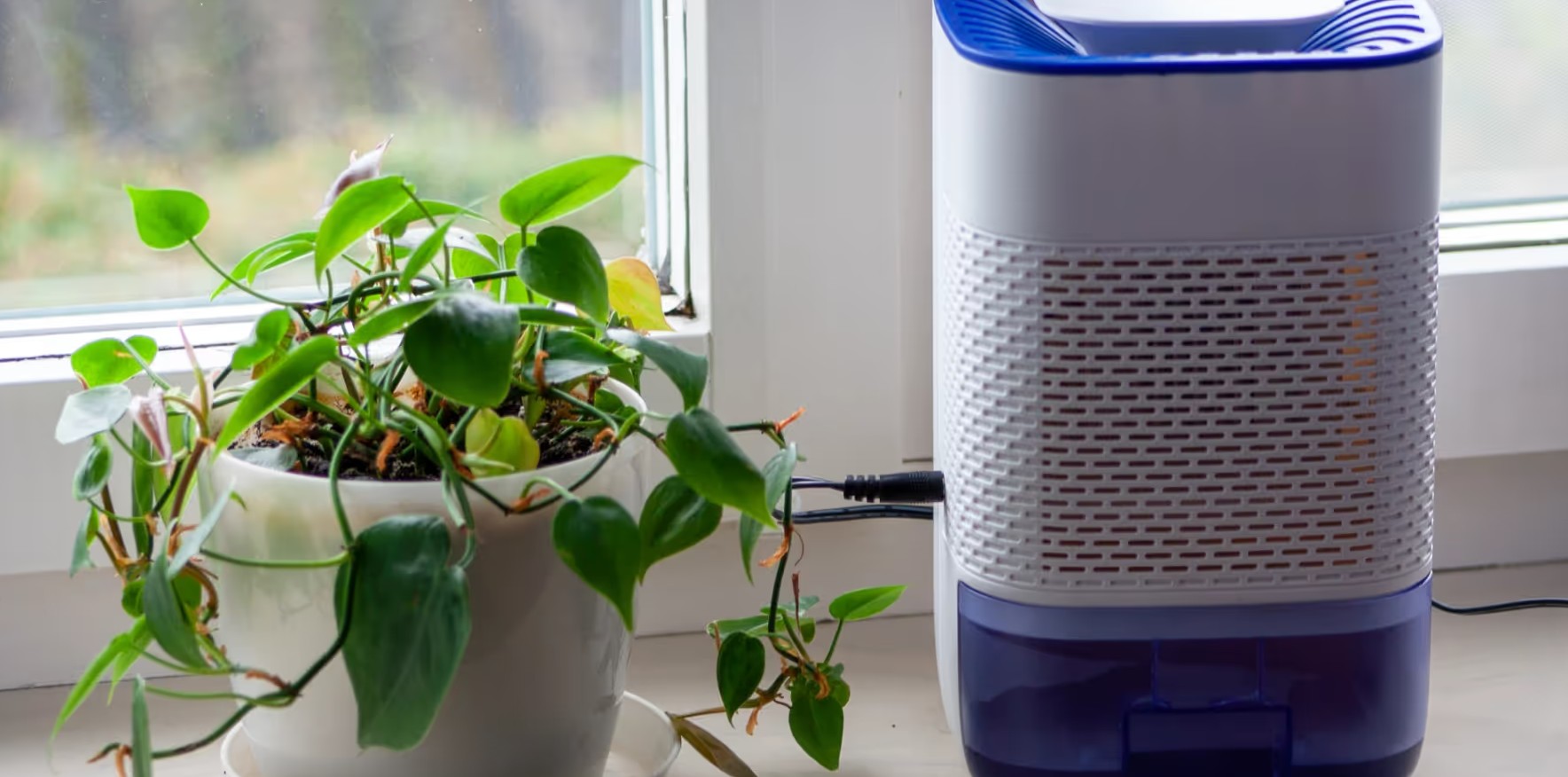Excessive humidity in homes can lead to mold problems. Here you can find out how to prevent condensation on windows and walls.
Mold is one of the most underestimated hazards in the home. Often, the problem goes unnoticed for years and can have serious health consequences.
One of the most common causes of mold growth is condensation. But how does it actually occur and what can be done about it?
Cold outside, wet inside: the invisible enemy in your home
The problem is particularly acute during the cold season. Low outside temperatures and heated rooms unfortunately provide ideal conditions for condensation.
When warm, humid indoor air comes into contact with the colder surface of an exterior wall or window, it releases its excess moisture. This creates condensation, and mold is usually not far behind.
In addition, uncontrolled moisture can also damage window frames, walls, and other areas of your home over time. To solve the problem, in addition to good insulation of the house, it is also important to manage the humidity in the room.
What causes my home to sweat?
If you want to avoid damage caused by condensation, it is important to know the main causes of the problem. These include numerous everyday activities such as cooking, showering, or washing up, as these generate water vapor.

This is initially absorbed by the air in the room, but once a certain limit is reached, the air can no longer hold any more moisture and water condenses on surfaces. It is also often overlooked that structural defects can also lead to moisture problems:
Old houses without a moisture barrier or inadequate ventilation are particularly susceptible to this. When renovating, it is important to consult an expert to find solutions.
How can I get rid of this uninvited guest?
The first step is to control the humidity in the room. Install powerful fans in the kitchen and bathroom and keep the doors closed while they are running.
If your house does not have modern thermal insulation, you should definitely retrofit it. This not only saves heating costs, but also ensures that the inside of your walls remain above the dew point.
This is essential to prevent wall condensation.
Simple tips for combating high humidity
Regular ventilation also works wonders. The right technique is important here, because instead of keeping a window tilted open for hours, it is better to ventilate thoroughly for a few minutes.

Always use the extractor hood when cooking and dry your laundry in well-ventilated rooms or, ideally, outside.
Also check that your furniture is positioned correctly: place it a little way away from the wall to allow good air circulation.
A dehumidifier as a lifesaver?
Purchasing a dehumidifier can be worthwhile if you have an acute moisture problem in just one room. However, keep in mind that the device only combats the symptoms.

In any case, you should get to grips with the cause of the condensation in order to prevent mold growth in the long term.

